TEACHING CLASSICS
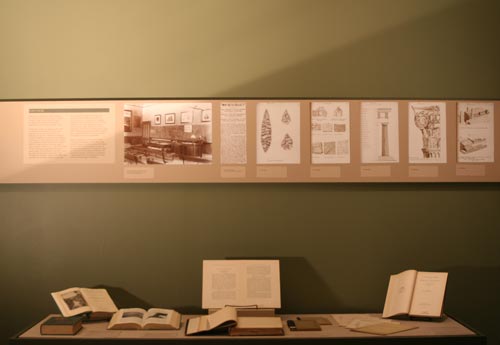
Click on objects on the picture to see larger images
Kelsey was a consummate teacher. His gift was evident from the time he began teaching in 1880 at Lake Forest University, where his efforts in the classroom were warmly appreciated by the students, and they said so.
At that time he began writing about the value of education and the place of the classics in American life. In 1895, after his move to Michigan, he helped to establish the Michigan Classical Conference, an activity of the Michigan Schoolmasters' Club, organizations that included both professors and high school teachers. Kelsey believed strongly that the University ought to assist secondary teachers so as to raise the standard of Latin teaching throughout the state and to prepare high school students for university work.
Time and again he argued to maintain the importance of the classics in the university in an era when the curriculum was changing rapidly and more scientific subjects were being introduced. The very nature of university education was at stake. Kelsey's views on the importance of graduate work going hand in hand with inspiring undergraduate teaching ultimately had a considerable impact on the institutional development of American universities.
Kelsey's teaching was always firmly rooted in the classical languages. He constantly thought of ways to enliven the teaching of the classical authors in the context of life in their time. His illustrated textbooks remained widely popular for decades, and he updated them regularly. He also wrote handbooks on antiquities and mythology. Within a few years of his arrival at Michigan, he introduced a course on Roman archaeology.
-
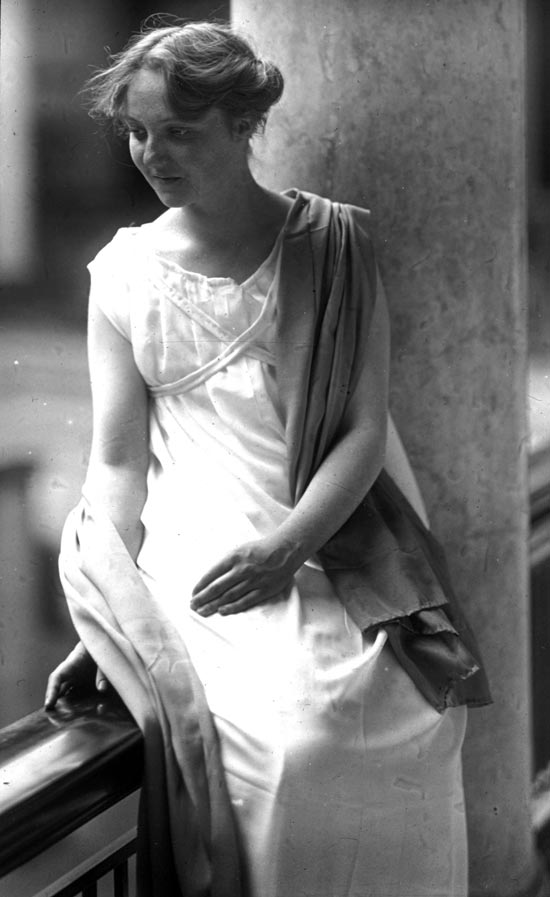
Charlotte Kelsey as Iphigenia. Michigan Classical Club performance of Euripides' Iphigenia in Tauris, 1917 Photo: George R. Swain, Kelsey Museum neg. GL00745
Kelsey worked closely with the Schoolteachers' Club and the Michigan Classical Conference (MCC), promoting the teaching of the classics and fostering the integration of high school and college-level teaching. In 1916, most likely at Kelsey's urging, the MCC added plays performed by the Michigan Classical Club to their conference. Euripides' Iphigenia in Tauris, with Charlotte Kelsey as Iphigenia, was put on in 1917.
-

B. Meinecke, Third Year Latin: New Revision of Kelsey's Cicero (1933) Lent by John and Mary Pedley
-
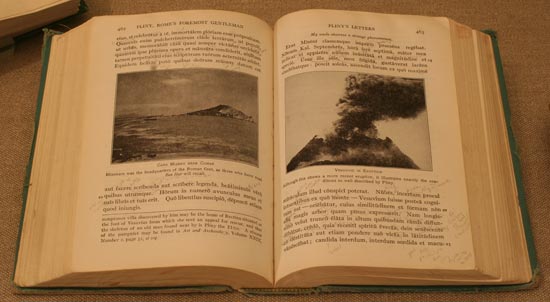
B. Meinecke, Third Year Latin: New Revision of Kelsey's Cicero (1959) Lent by John and Mary Pedley
-
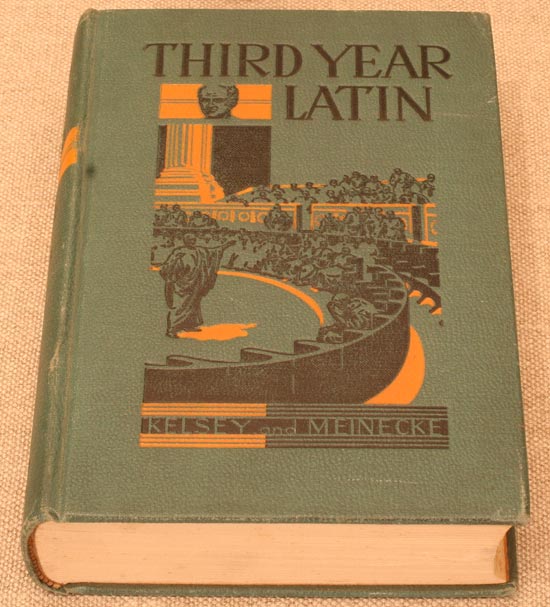
B. Meinecke, Third Year Latin: New Revision of Kelsey's Cicero (1933) Buhr Storage Facility, University Library
-
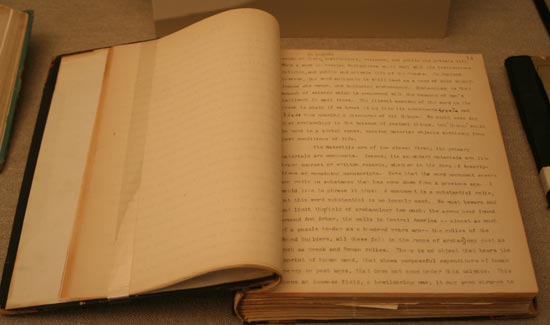
Roman Archaeology, Lectures by Professor Francis Willey Kelsey, Notes and drawings by George R. Swain, University of Michigan, Second Semester 1895–1896 Kelsey Museum Library
On page 14 Kelsey articulates an expansive and forward-looking definition of archaeology as a field of study that encompasses everything from an arrowhead found in Ann Arbor to great monuments of ancient civilizations.
-

F. W. Kelsey, Fifty Topics in Roman Antiquities (1891). Personal copy of one of Kelsey's students, Orma Butler, who later became the first curator of the Museum of Archaeology Kelsey Museum Library
F. W. Kelsey, An Outline of Greek and Roman Mythology (1893) Kelsey Museum Library
-
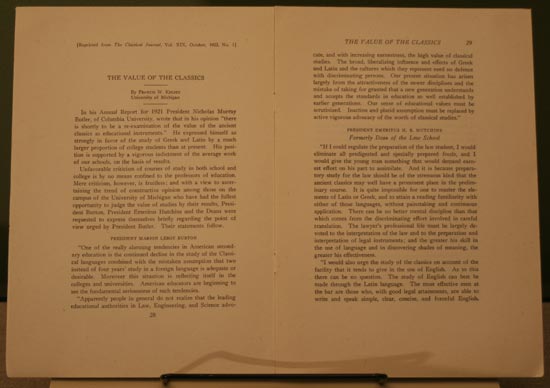
F. W. Kelsey, "The Value of the Classics," The Classical Journal (1923) Kelsey Museum Library
-
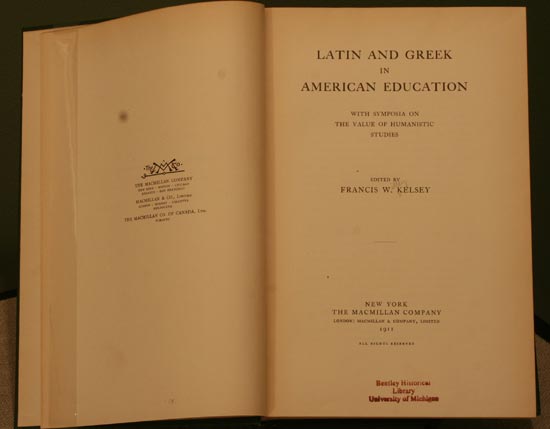
Latin and Greek in American Education, F. W. Kelsey ed. (1911) Bentley Historical Library, Kelsey Museum Papers
-
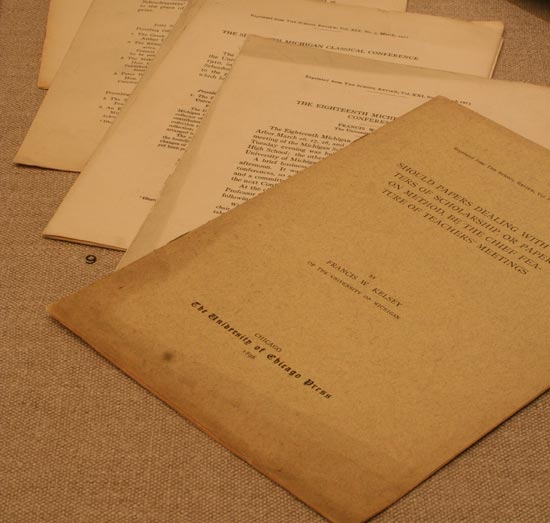
F. W. Kelsey, "Should Papers Dealing with Matters of Scholarship, or Papers on Method, be the Chief Feature of Teachers' Meetings" (1896) Kelsey Museum Library
-
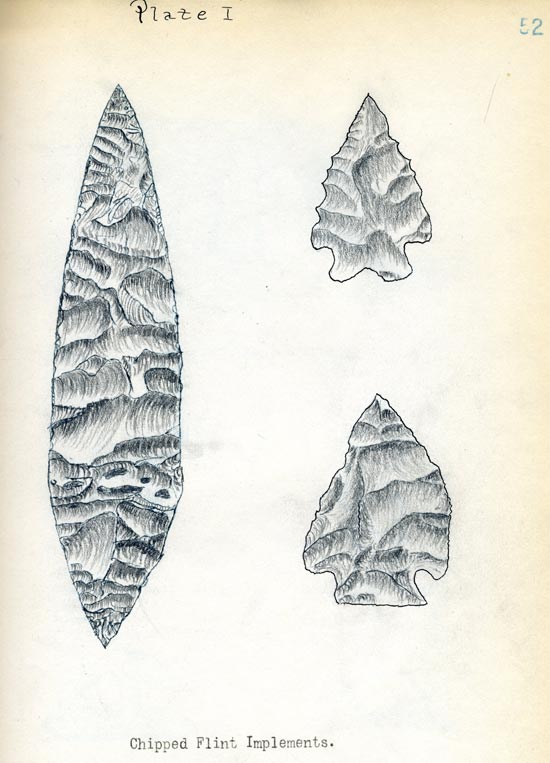
Drawing from Roman Archaeology, Lectures by Professor Francis Willey Kelsey, Notes and drawings by George R. Swain, University of Michigan, Second Semester 1895–1896 Kelsey Museum Library
On page 14 Kelsey articulates an expansive and forward-looking definition of archaeology as a field of study that encompasses everything from an arrowhead found in Ann Arbor to great monuments of ancient civilizations.
-
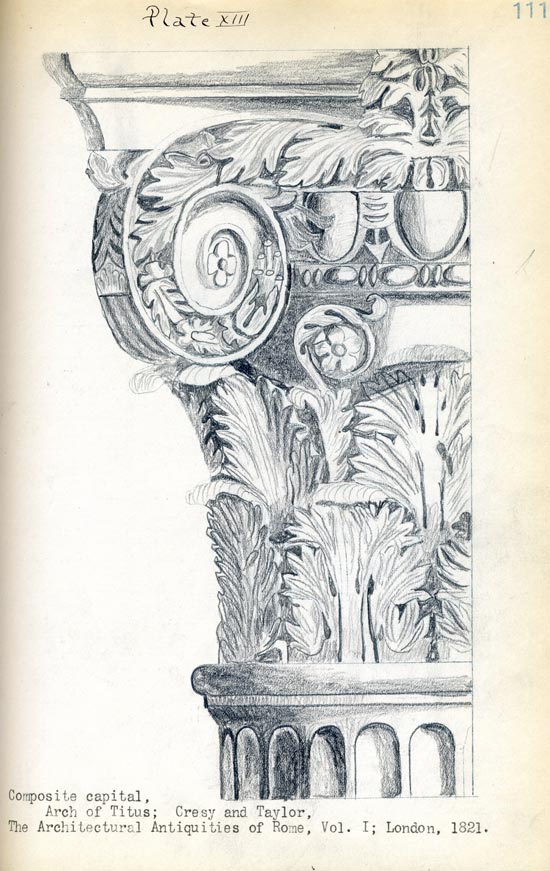
Drawing from Roman Archaeology, Lectures by Professor Francis Willey Kelsey, Notes and drawings by George R. Swain, University of Michigan, Second Semester 1895–1896 Kelsey Museum Library